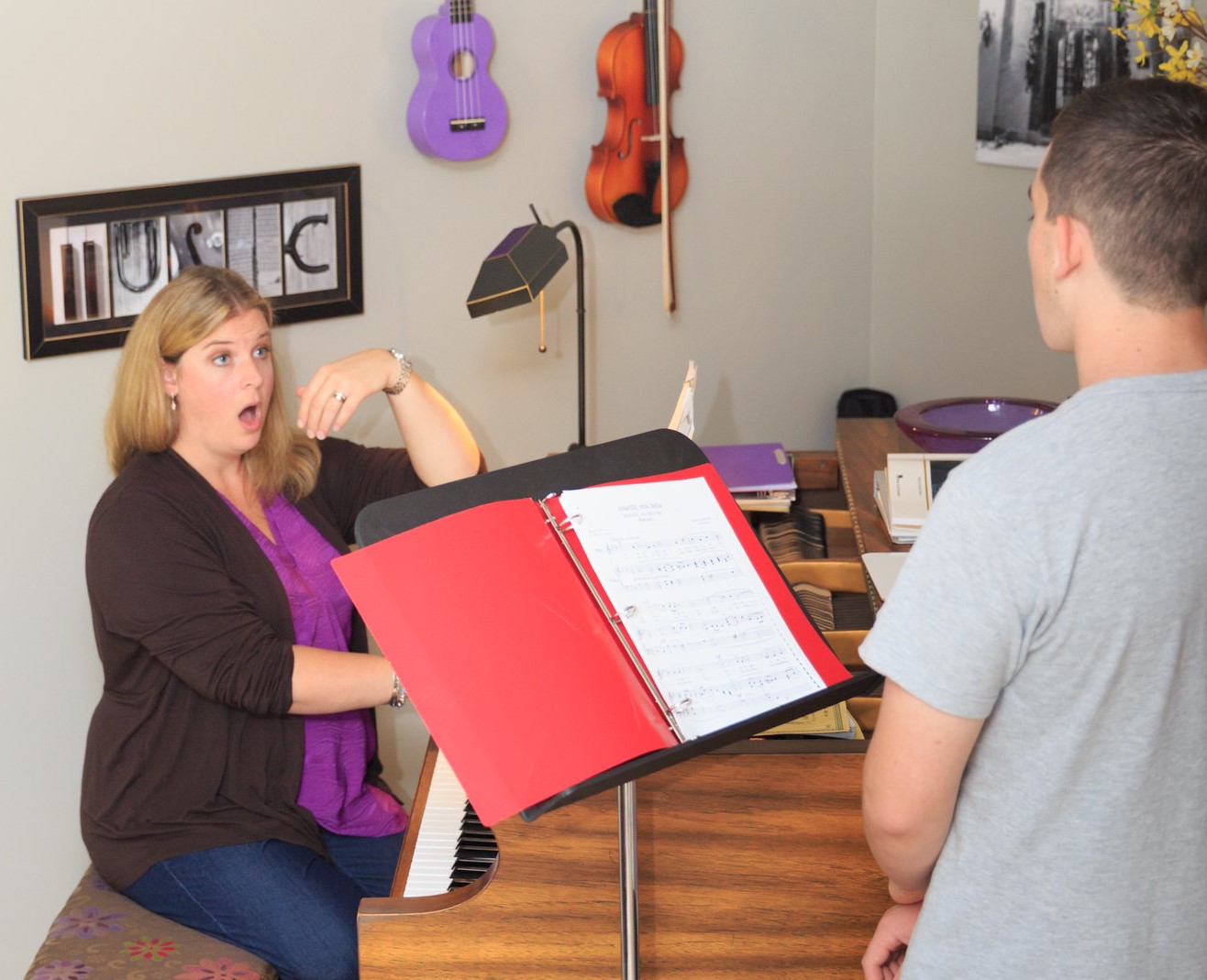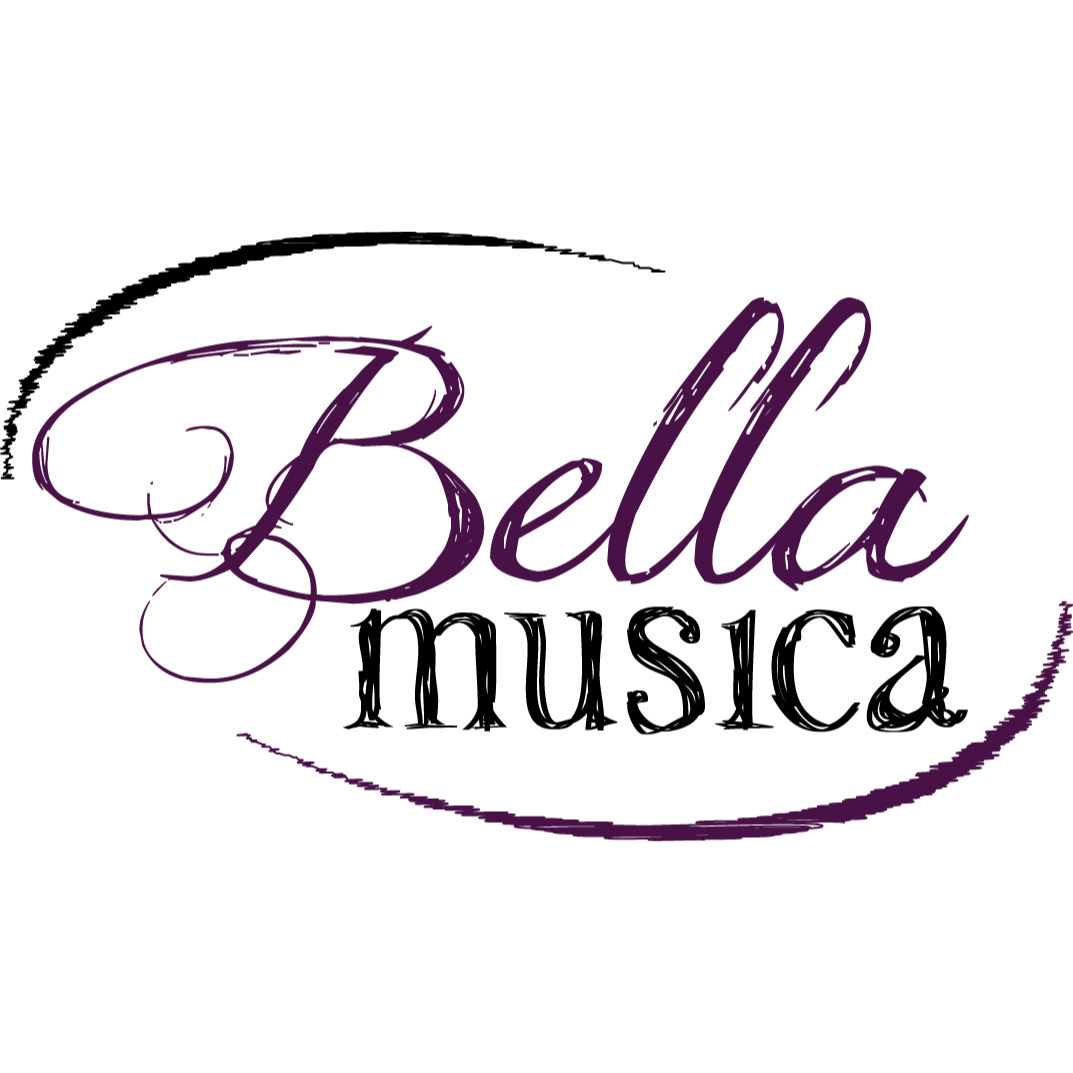I did some soul-searching this summer. And along the way, defined what I think are the pillars of musical education. I reflected on my nearly 20 years of teaching voice and piano, taking a hard look at things that worked really well. What teaching methods, materials, and activities really served my students and facilitated their growth and progress? What things flopped? In what ways did I communicate concepts really well? What areas still needed some work on my part or the realization that it’s just not in my wheel-house, and I should out-source to another, qualified professional?
This introspective exercise helped me to identify the pillars of musical education that I think are essential for every student; the staples that can be tailored to the student’s interest and needs; and what aspects of my teaching were trends – that most-likely were not pedagogically sound and could be cut from my curriculum.
The pillars I identified to help every musician reach musical independence were:
1) Music Theory – learning the language of music – how to read it and how to speak it.
2) Musicianship – sight reading; aural skills & critical listening; dynamics, articulation, phrasing. Sharpening this skill goes beyond the notes on the page. It’s next level execution.
3) Rhythm – this crucial element gets taken for granted and flies under the radar as “part of learning a song.” It is a skill worth the extra effort, through focused practice with rhythm instruments (and fun games) and frequent duets (usually with me).
4) Technique – there is a reason there is a “right way” to play or sing. Proper technique brings out the best in the instrument, the musician, and, in some cases, avoids injury.
5) Consistent Practice – inspiring my students to practice from week to week. While I do offer some different incentive programs for students to participate in, the majority of this inspiration comes through making sure students really know what to do and what is expected of them. There are clearly communicated bench marks both verbally and written on their weekly assignment sheets. This helps head off a lot of frustration before it even starts! Motivation thrives in the absence of frustration.
After identifying these 5 pillars, I realized that to really accomplish them we needed more time in lessons each week. So, for the students who were used to coming only 30 minutes per week, they would now come 40 minutes. That extra 10 minutes meant we could really dive into some extra rhythm practice or aural skills together; I could help them with new theory concepts; and really focus on technique. While 10 minutes may not sound like much, that’s 40 more minutes per month; 8.5 additional hours per year!
For the advancing artist who was already at 45-60 minute lessons weekly, they would all now come 60 minutes each week. This was the same level of instruction that most of them were used to. So for these students, I added lesson recordings and notes from me that they could reference throughout their week of practice.
I have really seen a difference in my students in the few short months since we have implemented the new lesson times. It has allowed us to slow down where needed and really focus. The industry standard for generations was 30 minute lessons for all. And for many students, this probably still works. But, for the kind of teacher I wanted to be and the musicians I wanted to help inspire, we needed to tweak the old standards a bit and expand on good foundational principles. Maybe it doesn’t sound that radical, and I’m sure other teachers have done the same or similar adaptations. But, for Bella Musica, this small change along with intentionality behind the core curriculum has had a huge impact!
Learn more about Sarah and her teaching style.
NOT TAKING LESSONS YET?
BECOME A MEMBER
If you are interested in voice or piano lessons and are ready to find out all the details. Hope on over to our Memberships page and choose the one that fits you! And if you aren’t sure what you need, let’s figure it out!




